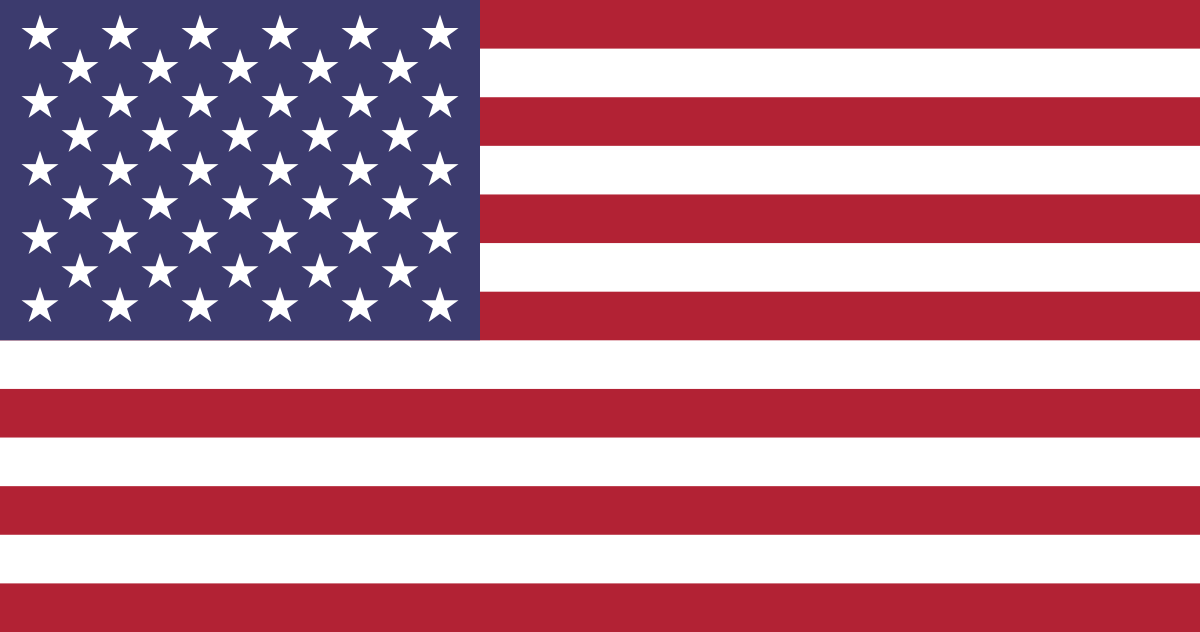
Jacquetta Carrico
Understanding Fridges and Freezers: The Essential Kitchen Appliances
Refrigerators and freezers are two of the most necessary devices in contemporary kitchens. These appliances serve an important function in food preservation and waste reduction by guaranteeing that perishable products remain fresh and safe for consumption. This post delves into the numerous types of fridges and freezers, their performances, and crucial considerations for selection and maintenance.
Types of Refrigerators
The marketplace uses a range of refrigerator types, each designed to meet different customer needs. Below is a list of the most typical kinds of fridges:
Top-Freezer Refrigerators
Most common type.Freezer compartment lies above the refrigerator section.Usually more affordable and energy-efficient.
Bottom-Freezer Refrigerators
Freezer lies at the bottom.Permits simpler access to fresh products at eye level.Often includes pull-out drawers for better organization.
Side-by-Side Refrigerators
Refrigerator and freezer areas are nearby.Suitable for narrow kitchen areas and enables easy access to both compartments.Often includes water and ice dispensers.
French Door Refrigerators
Integrates a bottom freezer with double doors at the top.Deals adequate storage and elegant styles.Frequently consists of features like temperature-controlled drawers.
Compact Refrigerators
Smaller sized size perfect for limited spaces.Frequently used in dormitory, studio apartments, or as secondary fridges.Table 1: Comparison of Refrigerator TypesTypeAdvantagesDownsidesTypical SizeTop-FreezerBudget friendly, energy-efficientLess convenient access to the freezer14-30 cu. ft.Bottom-FreezerMuch easier access to fresh foodFreezer can be harder to arrange19-30 cu. ft.Side-by-SideEasy gain access to, water/ice dispenserNarrow vs. storage space22-30 cu. ft.French DoorElegant, large, organizedMore costly20-30+ cu. ft.CompactSpace-saving, portableRestricted storage1.7-5.5 cu. ft.Types of Freezers
Freezers are an equally important appliance for food conservation. They come in different designs designed to fit various family needs. Consider the following types:
Upright Freezers
Run like a standard refrigerator with vertical storage.Easier to organize with racks and compartments.
Chest Freezers
Large, horizontal design normally offering more storage area.Maintains temperatures much better during power interruptions.More energy-efficient than upright models.
Portable Freezers
Compact systems ideal for outdoor activities or small areas.Often used for camping trips or as temporary storage.Table 2: Comparison of Freezer TypesTypeAdvantagesDrawbacksTypical SizeUpright FreezerSimpler to organizeLess energy-efficient, more floor area5-20 cu. ft.Chest FreezerHolds more products, energy-efficientHarder to organize5-25 cu. ft.Portable FreezerCompact and flexibleMinimal storage capability1-10 cu. ft.Key Features to Consider
When choosing a fridge or freezer, consumers need to keep in mind numerous functions that can boost functionality:
Energy Efficiency: Look for models with the ENERGY STAR certification to save money on electrical power expenses.Storage Capacity: Evaluate storage requirements based on family size and eating routines.Temperature Control: Some home appliances use digital controls for accurate temperature settings.Adjustable Shelving: Customizable shelving permits ideal company.Water and Ice Dispenser: Offers convenience however can use up important area inside.Noise Level: Sound ratings can affect convenience, specifically in open-concept homes.Advantages and disadvantages of Having a Fridge and Freezer
While fridges and freezers are important innovations, they also have specific benefits and disadvantages:
ProsConsPreserve food life expectancy and decrease wasteRequire routine maintenanceEnable bulk buying and meal preppingCan be costly to purchase and runOffer benefit and quick access to foodOccupy considerable kitchen area areaUpkeep Tips
To make sure longevity and optimum performance of fridges and freezers, think about the following maintenance tips:
Regular Cleaning: Clean the exterior and interior regularly to avoid buildup of dirt and germs.Check Seals: Inspect door seals routinely for leaks to keep performance.Temperature Settings: Keep the fridge at 34-38 ° F and the freezer at 0 ° F for optimum food preservation.Thaw as Needed: Chest freezers need to be thawed routinely to maintain effectiveness.Clear Air Vents: Ensure that airflow isn't blocked to improve energy efficiency.FAQs About Fridges and Freezers
Q1: How long can food be saved in a freezer?A: Most foods can be kept in a freezer for numerous months. Meats and poultry frequently last 4-12 months, while veggies can last approximately 8-12 months.
Q2: How typically need to I clean my Fridge freezers uk and freezer?A: It is recommended to clean your fridge and freezer every 3 to 6 months, or as required when spills happen. Q3: Can I put hot food straight in the fridge?A: It is advised to cool hot food to room temperature before putting it in the fridge to avoid
raising the temperature inside the home appliance. Q4: Why is my fridge running constantly?A: This might be due to a malfunctioning thermostat, stopped up coils, or door seals that aren't working appropriately. Fridges and freezers are important
assets to contemporary households, supplying necessary services for food storage and conservation.
Understanding the different types, features, and maintenance requirements can assist consumers pick the right appliances for their requirements and optimize their functionality. Embracing energy-efficient models not just supports sustainable practices but also adds to considerable cost savings on energy bills, making notified choices more vital than ever.
Refrigerators and freezers are two of the most necessary devices in contemporary kitchens. These appliances serve an important function in food preservation and waste reduction by guaranteeing that perishable products remain fresh and safe for consumption. This post delves into the numerous types of fridges and freezers, their performances, and crucial considerations for selection and maintenance.
Types of Refrigerators
The marketplace uses a range of refrigerator types, each designed to meet different customer needs. Below is a list of the most typical kinds of fridges:
Top-Freezer Refrigerators
Most common type.Freezer compartment lies above the refrigerator section.Usually more affordable and energy-efficient.
Bottom-Freezer Refrigerators
Freezer lies at the bottom.Permits simpler access to fresh products at eye level.Often includes pull-out drawers for better organization.
Side-by-Side Refrigerators
Refrigerator and freezer areas are nearby.Suitable for narrow kitchen areas and enables easy access to both compartments.Often includes water and ice dispensers.
French Door Refrigerators
Integrates a bottom freezer with double doors at the top.Deals adequate storage and elegant styles.Frequently consists of features like temperature-controlled drawers.
Compact Refrigerators
Smaller sized size perfect for limited spaces.Frequently used in dormitory, studio apartments, or as secondary fridges.Table 1: Comparison of Refrigerator TypesTypeAdvantagesDownsidesTypical SizeTop-FreezerBudget friendly, energy-efficientLess convenient access to the freezer14-30 cu. ft.Bottom-FreezerMuch easier access to fresh foodFreezer can be harder to arrange19-30 cu. ft.Side-by-SideEasy gain access to, water/ice dispenserNarrow vs. storage space22-30 cu. ft.French DoorElegant, large, organizedMore costly20-30+ cu. ft.CompactSpace-saving, portableRestricted storage1.7-5.5 cu. ft.Types of Freezers
Freezers are an equally important appliance for food conservation. They come in different designs designed to fit various family needs. Consider the following types:
Upright Freezers
Run like a standard refrigerator with vertical storage.Easier to organize with racks and compartments.
Chest Freezers
Large, horizontal design normally offering more storage area.Maintains temperatures much better during power interruptions.More energy-efficient than upright models.
Portable Freezers
Compact systems ideal for outdoor activities or small areas.Often used for camping trips or as temporary storage.Table 2: Comparison of Freezer TypesTypeAdvantagesDrawbacksTypical SizeUpright FreezerSimpler to organizeLess energy-efficient, more floor area5-20 cu. ft.Chest FreezerHolds more products, energy-efficientHarder to organize5-25 cu. ft.Portable FreezerCompact and flexibleMinimal storage capability1-10 cu. ft.Key Features to Consider
When choosing a fridge or freezer, consumers need to keep in mind numerous functions that can boost functionality:
Energy Efficiency: Look for models with the ENERGY STAR certification to save money on electrical power expenses.Storage Capacity: Evaluate storage requirements based on family size and eating routines.Temperature Control: Some home appliances use digital controls for accurate temperature settings.Adjustable Shelving: Customizable shelving permits ideal company.Water and Ice Dispenser: Offers convenience however can use up important area inside.Noise Level: Sound ratings can affect convenience, specifically in open-concept homes.Advantages and disadvantages of Having a Fridge and Freezer
While fridges and freezers are important innovations, they also have specific benefits and disadvantages:
ProsConsPreserve food life expectancy and decrease wasteRequire routine maintenanceEnable bulk buying and meal preppingCan be costly to purchase and runOffer benefit and quick access to foodOccupy considerable kitchen area areaUpkeep Tips
To make sure longevity and optimum performance of fridges and freezers, think about the following maintenance tips:
Regular Cleaning: Clean the exterior and interior regularly to avoid buildup of dirt and germs.Check Seals: Inspect door seals routinely for leaks to keep performance.Temperature Settings: Keep the fridge at 34-38 ° F and the freezer at 0 ° F for optimum food preservation.Thaw as Needed: Chest freezers need to be thawed routinely to maintain effectiveness.Clear Air Vents: Ensure that airflow isn't blocked to improve energy efficiency.FAQs About Fridges and Freezers
Q1: How long can food be saved in a freezer?A: Most foods can be kept in a freezer for numerous months. Meats and poultry frequently last 4-12 months, while veggies can last approximately 8-12 months.
Q2: How typically need to I clean my Fridge freezers uk and freezer?A: It is recommended to clean your fridge and freezer every 3 to 6 months, or as required when spills happen. Q3: Can I put hot food straight in the fridge?A: It is advised to cool hot food to room temperature before putting it in the fridge to avoid
raising the temperature inside the home appliance. Q4: Why is my fridge running constantly?A: This might be due to a malfunctioning thermostat, stopped up coils, or door seals that aren't working appropriately. Fridges and freezers are important
assets to contemporary households, supplying necessary services for food storage and conservation.
Understanding the different types, features, and maintenance requirements can assist consumers pick the right appliances for their requirements and optimize their functionality. Embracing energy-efficient models not just supports sustainable practices but also adds to considerable cost savings on energy bills, making notified choices more vital than ever.
Made By Litpages
 Italian
Italian
 हिन्दी
हिन्दी
 Arabic
Arabic
 Chinese
Chinese
 English
English
 French
French
 German
German
 Portuguese
Portuguese
 Russian
Russian
 Spanish
Spanish
 Turkish
Turkish
 Vietnamese
Vietnamese
